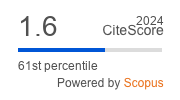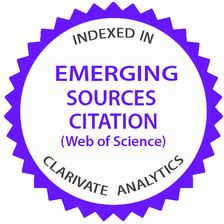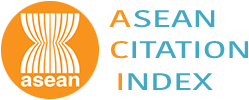Malaysian Journal of Mathematical Sciences, June 2025, Vol. 19, No. 2
Efficiency Assessment through Hierarchical Network Data Envelopment Analysis Approach: Perspectives of University Faculties
Ahmad, A. M., Nana Khurizan, N. S., Awang, N., Mohamad Taib, M. F., Yahya, M. F., and Shuhut, R.
Corresponding Email: anis513@uitm.edu.my
Received date: 30 July 2024
Accepted date: 4 February 2025
Abstract:
This study presents a model for measuring university faculty efficiency within hierarchical structures using Hierarchical Network Data Envelopment Analysis (HNDEA). The model strategically evaluates diverse university faculty functions, leveraging shared inputs and incorporating new subunits to capture additional output variables. It emphasizes the crucial role of innovation in higher education efficiency, highlighting universities' responsibility in transforming research into innovation, with patents and other intellectual properties serving as key outputs. Analyzing data from 26 faculties in a Malaysian public university, the HNDEA model revealed that no faculty achieved optimal efficiency. Comparative analysis with conventional Data Envelopment Analysis (DEA) methods consistently showed lower efficiency scores in the HNDEA model, underscoring its superior discriminatory power. Significantly, the proposed model simplifies faculty ranking challenges. The HNDEA model is less flexible than conventional DEA, but its capability to disaggregate efficiency into specific functions provides critical insights for administrators. The study also compared efficiency scores and rankings between non-grouped and grouped faculties using the HNDEA model and found that grouping enhances the precision of efficiency assessments. In the globalized era, sustaining university performance necessitates continuous improvement. This model, therefore, offers top university management a valuable tool for identifying improvement areas within each unit, enabling targeted actions for overall performance enhancement.
Keywords: data envelopment analysis; efficiency; hierarchical network data envelopment analysis; higher education; shared inputs









